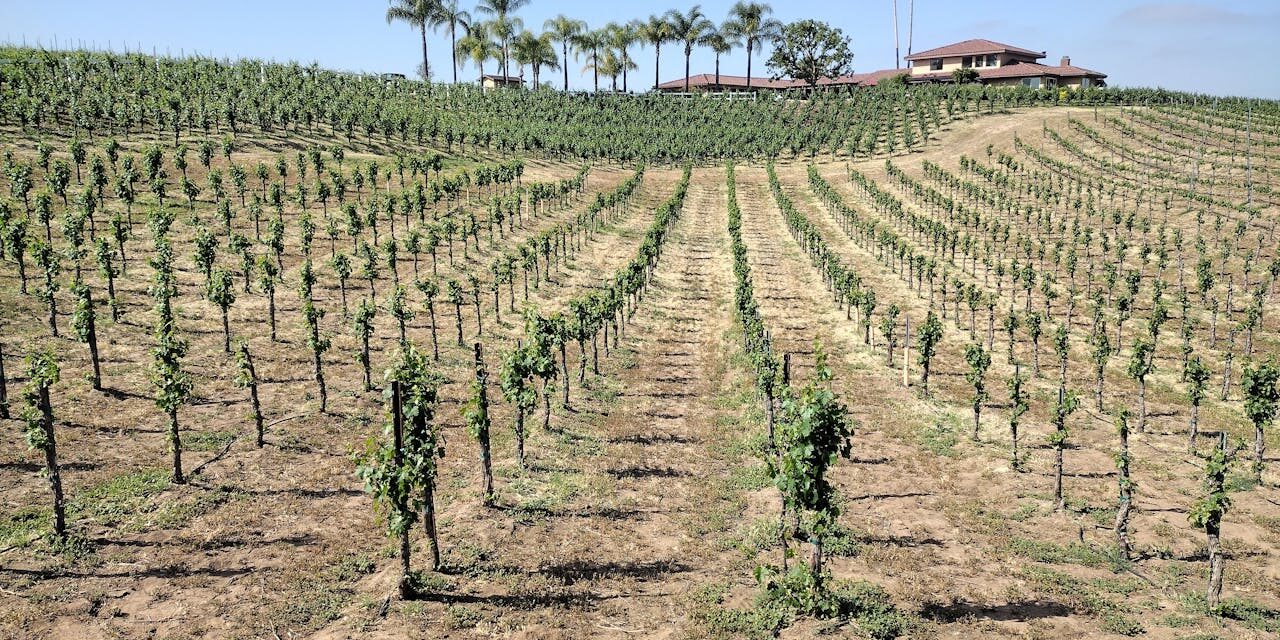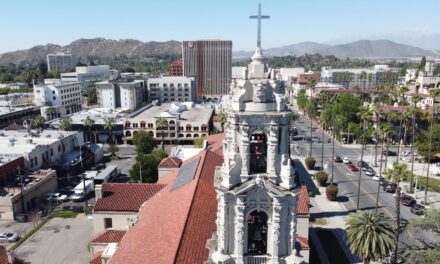I’ve found myself in Temecula on several occasions, coordinating marathons through its rolling landscapes.
While some family roots briefly took hold in this part of California, my understanding of Temecula’s rich history was, until recently, as sparse as the vines in winter.
Curiosity led me to peel back the layers of this city’s past, revealing a story not only of wine and marathons but of a deep historical significance that has shaped the region into the thriving community it is today.
Table of Contents
Temecula’s Indigenous Heritage and Spanish Colonization
Before it was known for vineyards, Temecula was home to the Temecula Indians, a name thought to mean “Where the sun breaks through the mist.”
In the late 1700s, Spanish missionaries made their mark, and by the 1820s, the Mission San Luis Rey laid claim to the area, forever altering the native way of life.
The Mexican Era and the Rancho California
Post-Mexican independence, vast tracts of land were granted to influential citizens, giving rise to cattle ranches that dotted the landscape.
The Mexican land grant of Rancho Temecula was established in 1844, setting the stage for a town that would see many changes over the next century.
The American Integration: A New Chapter Begins
Following the Mexican-American War, Temecula became part of the United States, and with California’s statehood in 1850, the stage was set for further transformation.
The establishment of the Butterfield Overland Mail route and the coming of the railroad in the 1880s connected Temecula to the larger narrative of American progress.
The Birth of Modern Temecula: Vines and Enterprise
Push forward to the last half of the 20th century, when the seeds of today’s Temecula were sown—quite literally—in the form of vineyards.
The region’s winemaking began in earnest in the 1960s, and with it, a new identity was crafted. Pioneers like Vincenzo and Audrey Cilurzo and the Baily family saw the potential in the soil, and Temecula Valley Wine Country was born.
Preserving History: Old Town Temecula
Even as the city embraced change, it held tight to its roots.
Old Town Temecula, with its historic buildings and wooden boardwalks, serves as a living museum, allowing residents and visitors to step into a bygone era.
A Hub of Activity: Marathons and Festivals
Today, Temecula is synonymous with activity and celebration.
The marathons I’ve helped manage are just a fraction of the events that fill the city’s calendar, from the famous Temecula Valley Balloon & Wine Festival to the Rod Run classic car show.
Q&A: Digging Into Temecula’s Heritage
Q: How did Temecula’s transition from ranching to winemaking come about?
A: The shift to viticulture in Temecula was spurred by the recognition of the region’s ideal grape-growing climate, similar to that of the renowned wine regions in France and Italy. Pioneering vintners took a chance on the valley, and their success attracted others, transforming the economic landscape.
Q: What role has Old Town Temecula played in preserving the city’s history?
A: Old Town Temecula is a cornerstone of historical preservation, offering a tangible connection to the city’s diverse past. It’s where the community celebrates its heritage and where visitors can experience the history firsthand.
Q: How have the cultural events in Temecula shaped the city’s identity?
A: The city’s cultural events, like the annual wine festival, draw on Temecula’s agricultural roots while showcasing its modern-day vibrancy. These gatherings have helped forge a sense of community and placed Temecula on the map as a destination for leisure and entertainment.
Q: What makes Temecula a unique destination in Southern California?
A: Temecula stands out for its fusion of rich history, local winemaking prowess, and a commitment to community events. Its blend of historical significance and contemporary appeal creates a unique destination for tourists and a cherished home for residents.
Celebrating Temecula’s Past and Present
The history of Temecula is as varied as the flavors of wine produced in its valleys.
From its indigenous origins to its current status as a wine country and events hub, Temecula weaves a story of transformation and growth. It’s a city that respects its past while enthusiastically embracing the present.
So, as I plan my next visit, I’m eager to experience more than the marathons—I’m ready to savor the full breadth of Temecula’s historical landscape.
What untold stories might you uncover in the vineyards and along the race routes? How will the enduring spirit of Temecula inspire your next adventure in Southern California’s wine country?





